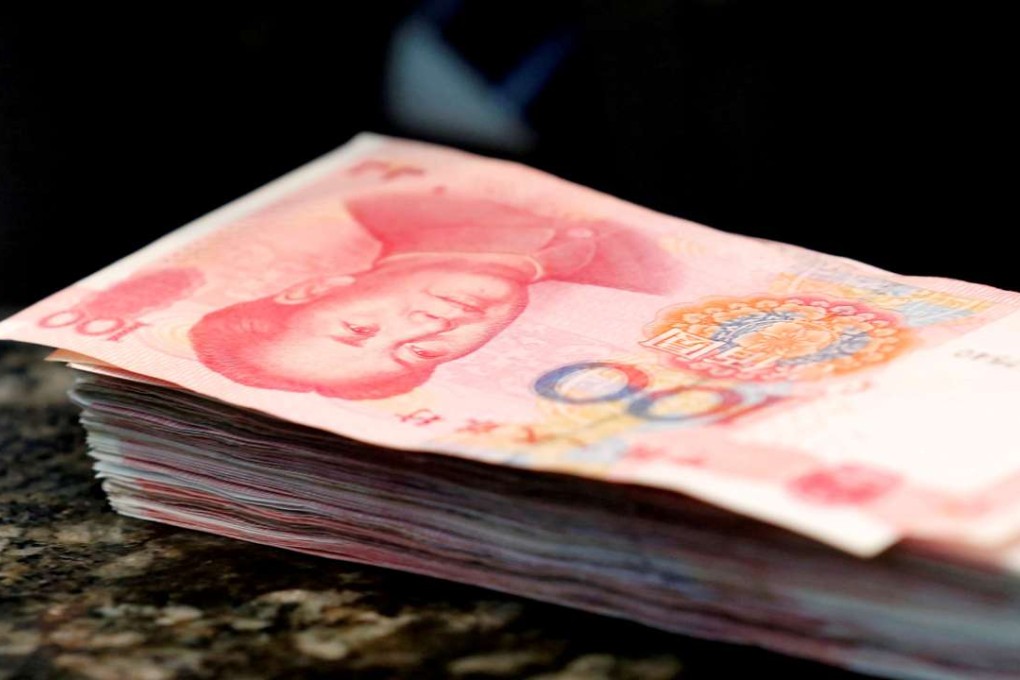Update | International yuan payment drops sharply in 2016 on depreciation and capital control
The value of international renminbi payments fell 29.5 per cent in 2016

The data usually cited by China to showcase the globalisation of the yuan showed a decline in the currency’s use last year, marking a setback for the strategy and reflecting a different priority in this year’s government work agenda.
The value of international yuan payments, released by payments processor Swift on Thursday, fell 29.5 per cent in 2016, while the yuan’s share as an international payments currency dropped by 0.63 percentage points to 1.68 per cent at the year’s end.
The Chinese yuan, which was the fifth-most-used currency worldwide in 2015, was overtaken by the Canadian dollar last year.
The US dollar and euro remained the most used currencies, representing a 42.1 per cent and 31.3 per cent share respectively, followed by the British pound and Japanese yen, Swift data showed.
Michael Moon, head of the institution’s Asia-Pacific payments markets department, attributed the fall in yuan use to the slowdown of the Chinese economy, the volatility of the yuan exchange rate and regulatory measures on capital outflows.